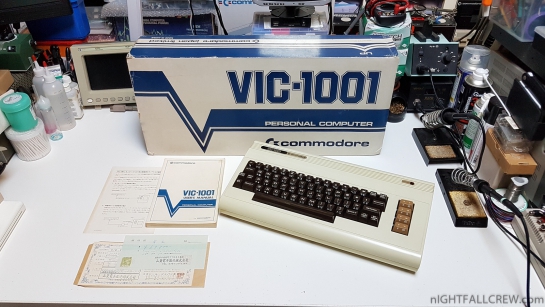
The Commodore VIC-1001 is the first computer in that series, being released only in Japan October 1980.
The computers that followed it, including the famous VIC-20, arrived in the American and European markets on the heels of its success. Aside from being first, the VIC-1001 also has the unique virtue of a modification from the standard Commodore PETSCII graphics set.
Being Japanese designed and born, this computer includes the Japanese “character” set, called “Katakana”.
The VIC-1001, like all other Commodore 8-bit computers, greets the user with a flashing READY prompt.
The operating system is built into the hardware of the computer, and the user interface is BASIC 2.0, a programming language Commodore purchased from Microsoft in the late 1970s.
The VIC featured 5 kilobytes of memory, and color graphics at a time when that was very uncommon, though it’s display is only capable of 22 characters per line.
The joystick port and game cartridge port are prominent features, as Commodore meant to market the VIC as a game console/computer hybrid. The cartridge port could also be used to expand the VIC-1001 memory.
Software on Cartridge:
- Programmers; Aid PacK (VIC-1212) [BOXED]
- Machine Language Monitor (VIC-1213)
- Rally-X (VIC-1903) Red Label [BOXED]
- Night Drive (VIC 1909) Red Label [BOXED]
- Omega Race (VIC-1924) [BOXED]
Memory Expansion Cartridges:
- 3K Ram Pack (VIC-1210) [BOXED]
- Super Expander + 3k RAM (VIC-1211M) [BOXED]
- 8k Ram Pack (VIC-1110) [BOXED]
- 16k Ram Pack (VIC-1111) [BOXED]
Gallery:
Download: Japanese Kernal and Characters (610)
source: zimmer.net
![Commodore VIC-1010 [USA - EURO] (BOXED) Commodore VIC-1010 [USA - EURO] (BOXED)](https://www.nightfallcrew.com/wp-content/gallery/cache/15679__545x307_20191204_090400.jpg?38e8e4)
![Commodore VIC-1010 [USA - EURO] (BOXED) Commodore VIC-1010 [USA - EURO] (BOXED)](https://www.nightfallcrew.com/wp-content/gallery/commodore-vic-1010-usa-euro-boxed/thumbs/thumbs_20191204_090400.jpg?38e8e4)
![Commodore VIC-1010 [USA - EURO] (BOXED) Commodore VIC-1010 [USA - EURO] (BOXED)](https://www.nightfallcrew.com/wp-content/gallery/commodore-vic-1010-usa-euro-boxed/thumbs/thumbs_20191203_083926.jpg?38e8e4)
![Commodore VIC-1010 [USA - EURO] (BOXED) Commodore VIC-1010 [USA - EURO] (BOXED)](https://www.nightfallcrew.com/wp-content/gallery/commodore-vic-1010-usa-euro-boxed/thumbs/thumbs_20191203_084225.jpg?38e8e4)
![Commodore VIC-1010 [USA - EURO] (BOXED) Commodore VIC-1010 [USA - EURO] (BOXED)](https://www.nightfallcrew.com/wp-content/gallery/commodore-vic-1010-usa-euro-boxed/thumbs/thumbs_20191203_084518.jpg?38e8e4)
![Commodore VIC-1010 [USA - EURO] (BOXED) Commodore VIC-1010 [USA - EURO] (BOXED)](https://www.nightfallcrew.com/wp-content/gallery/commodore-vic-1010-usa-euro-boxed/thumbs/thumbs_20191203_085157.jpg?38e8e4)
![Commodore VIC-1010 [USA - EURO] (BOXED) Commodore VIC-1010 [USA - EURO] (BOXED)](https://www.nightfallcrew.com/wp-content/gallery/commodore-vic-1010-usa-euro-boxed/thumbs/thumbs_20191204_083456.jpg?38e8e4)
![Commodore VIC-1010 [USA - EURO] (BOXED) Commodore VIC-1010 [USA - EURO] (BOXED)](https://www.nightfallcrew.com/wp-content/gallery/commodore-vic-1010-usa-euro-boxed/thumbs/thumbs_20191204_083745.jpg?38e8e4)
![Commodore VIC-1010 [USA - EURO] (BOXED) Commodore VIC-1010 [USA - EURO] (BOXED)](https://www.nightfallcrew.com/wp-content/gallery/commodore-vic-1010-usa-euro-boxed/thumbs/thumbs_20191204_084019.jpg?38e8e4)
![Commodore VIC-1010 [USA - EURO] (BOXED) Commodore VIC-1010 [USA - EURO] (BOXED)](https://www.nightfallcrew.com/wp-content/gallery/commodore-vic-1010-usa-euro-boxed/thumbs/thumbs_20191204_084556.jpg?38e8e4)
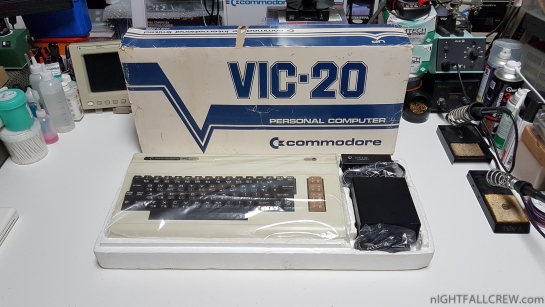

















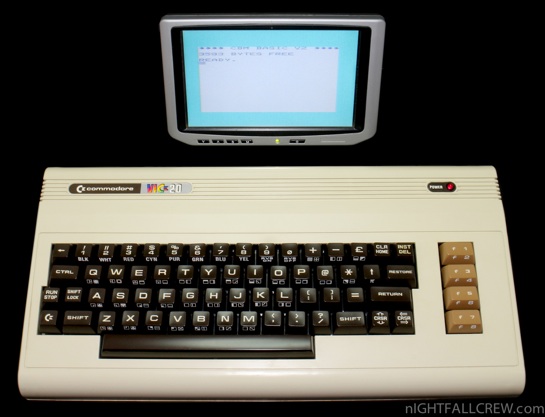
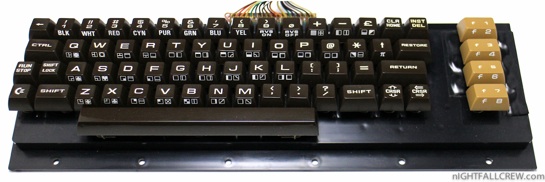
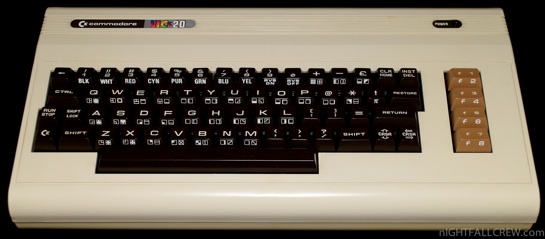









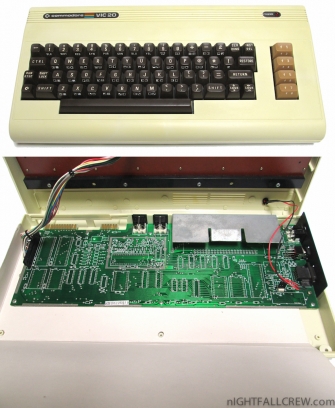




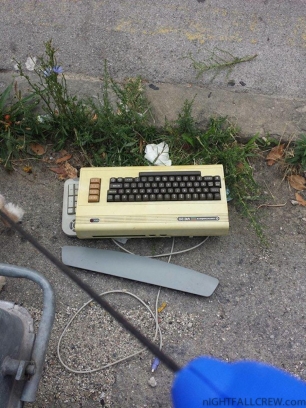








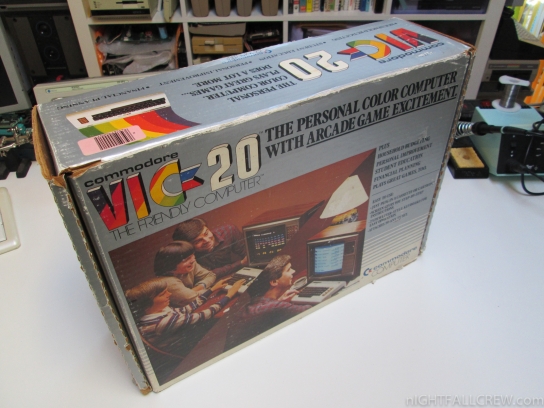















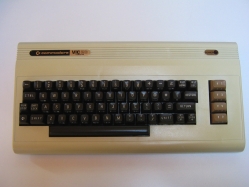















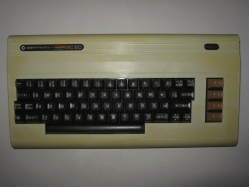




























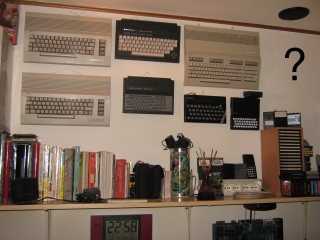
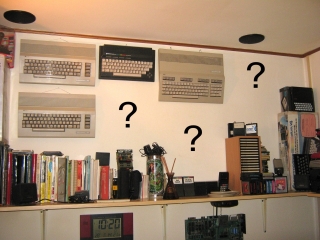
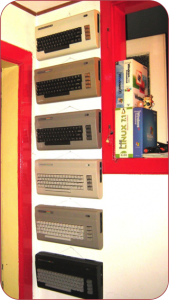
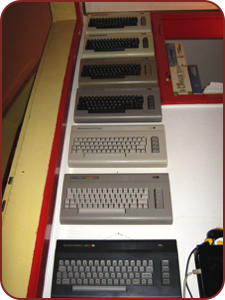









Recent Comments